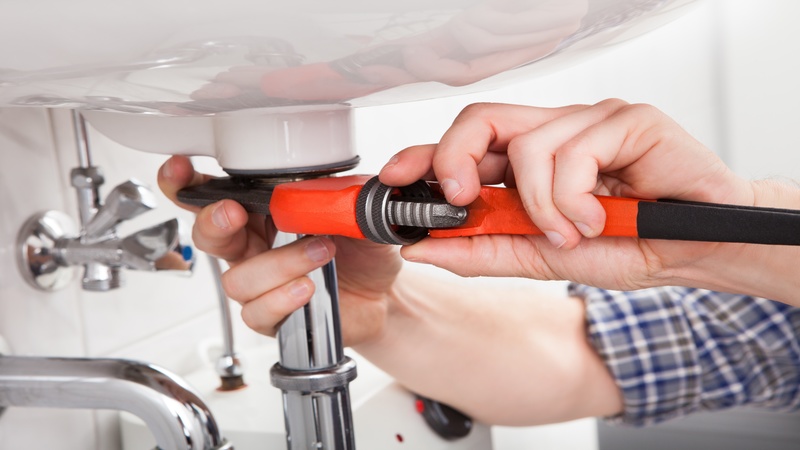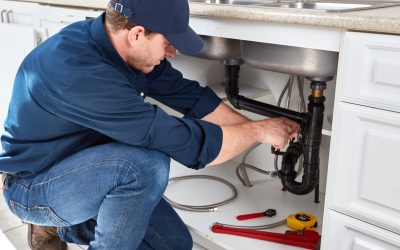When there is need to repair a pipe there are two ways to go about it; dig a big hole to expose the problem and repair the pipe from the outside or install a liner from the inside, eliminating the need for excavation. Obviously a trenchless sewer in Walnut Creek has its advantages as you do not have to ruin a floor or garden to get to the pipe. This process is called CIPP, cured in place pipe, not only does it repair the pipe, it adds to the durability and performance as well as other benefits.
Before this non-invasive technology can be employed, the problem area must be found and diagnosed. This usually is done by drawing a camera through the pipe; the camera is commonly called a mole. Once the mole has located the problem other equipment is sent into the pipe to clean it and prepare for the restoration. The restoration process depends on the cause of the failure and the type of pipe. The equipment that is sent into the pipe to make the repair may have to cut away roots which have grown into the pipe or remove deposits or repair an area suffering from corrosion.
Once preparation for trenchless sewer Walnut Creek is completed, the pipe can repair can commence. No excavation is required to make the installation of the repair section but if there is standing water around the area which needs removing, pumps may need to be deployed. The repair can be made using one of two different methods; a CIPP can be pulled in or the installation can be via the inversion method.
When CIPP is done by the pull in method, a resin saturated tube, usually made from felt is pulled into position. Once it reaches the point, the pipe is pressurized and the resin which is impregnated into to the felt is forced to the wall of the pipe where it cures in place. Curing usually requires no assistance but depending on the ambient temperature, steam or UV is sometimes used.
The pull in method is preferred over the inversion method because it can line angles; furthermore the liner needs to be only as big as the failure. With the inversion method, a liner must be rolled into the pipe from the entry point and once it reaches the damaged area, it is inflated.



